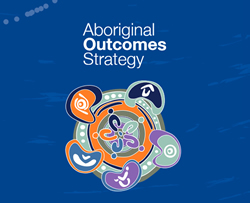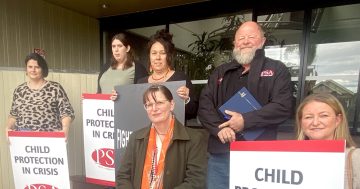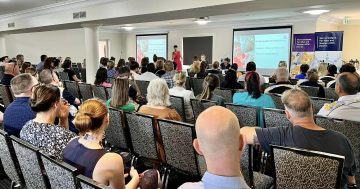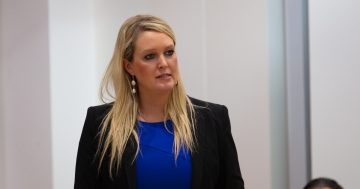 The Department of Communities and Justice (DCJ) has responded to the NSW Ombudsman report which found it “effectively abandoned” a plan to reduce the overrepresentation of Aboriginal children in out-of-home care (OOHC).
The Department of Communities and Justice (DCJ) has responded to the NSW Ombudsman report which found it “effectively abandoned” a plan to reduce the overrepresentation of Aboriginal children in out-of-home care (OOHC).
Responding to the report the Secretary of DCJ, Michael Tidball said the Aboriginal Outcomes Strategy 2017-2021 (AOS) was well-intended and a board sub-committee had been established to oversee the strategy.
Mr Tidball said, however, a Machinery of Government Change in 2019 resulted in the chair of the sub-committee moving to another Agency “and continuity was lost”.
“At the same time multiple reviews of Aboriginal over-representation in child protection resulted in a range of competing strategies and plans,” Mr Tidball said.
“Without clear governance, the projects all continued but were disconnected from each other,” he said.
“I can report that DCJ continued to work on the OOHC targets through the Premier’s Priority and other initiatives,” he said.
Mr Tidball said that since the expiration of the AOS in 2021, the DCJ had made changes to its monitoring, oversight and governance arrangements and continues to implement strategies, projects and programs to fulfill its commitment to reducing over-representation of Aboriginal children and young people in OOHC.
He said a central component of this was DCJ’s work to implement commitments under the National Agreement on Closing the Gap to reduce the number of Aboriginal children and young people in OOHC by 45 per cent by 2031.
“Where funding becomes available, DCJ is re-redirecting and re-prioritising funds to deliver on its commitment to invest 30 per cent of early intervention programs funding into Aboriginal Community Controlled Organisations,” the Secretary said.
“DCJ has recently redirected 50 per cent of funding in the early intervention Youth Frontiers program to Aboriginal Community Controlled Organisations to divert young people from the justice and child protection systems,” he said.
“Finally, the decrease in the number of children in OOHC at 30 June 2022, while still modest, is the biggest decrease in five years relative to the 30 June 2017 baseline.”
Mr Tidball said that while progress against the AOS targets was not explicitly reported, there was still transparency about progress/lack of progress as all four sub measures were reported annually in DCJ’s Annual Statistical Report.
The Department’s response can be read in full in the appendices of the Ombudsman’s 40-page report Aboriginal Outcomes Strategy focus area 2 (out-of-home care) – were the targets achieved? at this PS News link.











